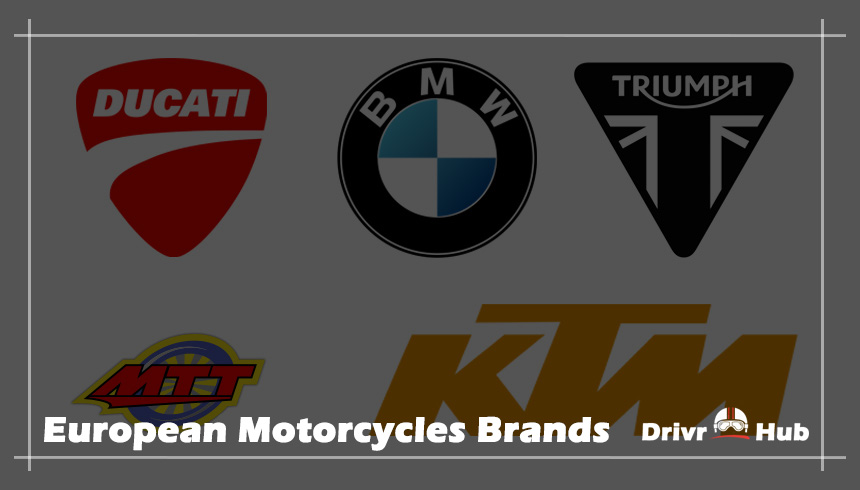Whether you’re a casual weekend warrior or a die-hard fan of two wheels and an engine, there’s no denying that European motorcycles have been a fixture in the industry for decades. Not only are they world renowned for their superior engineering and design, but they also provide riders with unmatched style and performance. In this blog post, we will delve into some of the top names from Europe’s rich motorbike scene so that you can understand why these prestigious marques deserve to be regarded as elite on both national and international levels. So dust off your leathers (or grab your gloves!) and get ready for a wild journey through some of the best motorcycles Europe has to offer!
The List of European Bike Manufacturers
This list includes some of the most admired, iconic and respected types of motorcycle brands in Europe. We admire their commitment to craftsmanship, design, and performance, which made them such an important part of the European motorcycling scene.
KTM (Austria)

KTM is the biggest motorcycle manufacturer in Europe and the oldest, founded by Hans Trunkenpolz in 1934. The company’s first model was the R100, a single-cylinder two-stroke bike with an air-cooled engine designed for off-road use. KTM has since grown to become one of the most admired brands in the world, producing a wide range of dirt bikes, enduros and sportbikes.
Currently, the basis of production KTM are off-road motorcycles and motorcycles dual purpose – supermoto, as well as road bikes Duke 690, Super Duke 990 (neukid class) and a completely new model KTM – Superbike 1190 RC8. In addition, for cross-country competitions the company produces different mini-bikes (mini-bikes) with an engine capacity from 50 cm3 to 85 cm3, and four-wheeled off-road vehicles – quad bikes (ATV).
Ducati (Italy)
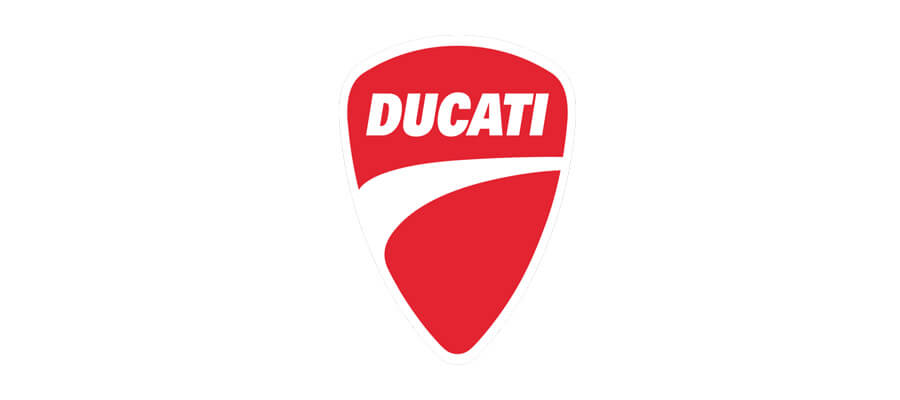
- Official site: ducati.com
- Wikipedia: Ducati Motor Holding
Ducati is one of the most iconic motorcycle manufacturers in Europe, founded by Antonio Cavalieri Ducati and his three sons in 1926. The company’s first model was the Cucciolo, a small, single-cylinder four-stroke bike with an air-cooled engine. Ducati is renowned for its performance bikes, most notably the SuperSport and Monster series, as well as its range of stylishly designed scooters.
MTT (Spain)
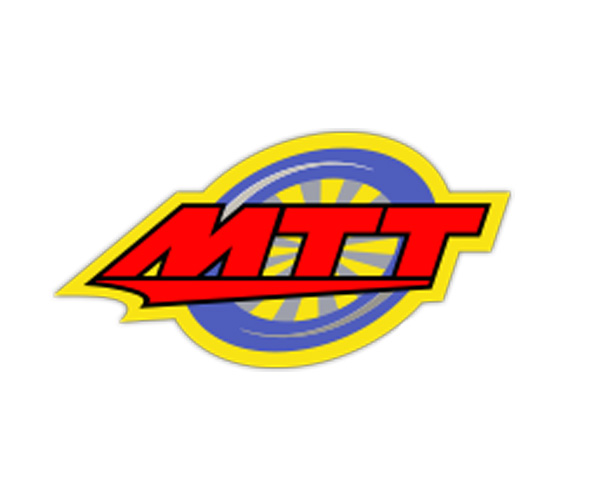
- Official site: marineturbine.com
- Wikipedia: MTT Turbine Superbike
Spain represents this list of European motorcycle manufacturers with MTT, short for Motorcycle Technology Team. Founded by Felipe Planas and Cesar Augusto Castellanos in 2011, MTT has quickly become a respected name in the industry for both its performance and design. The company produces two models: the Turbine Superbike and the Streetfighter.
BMW (Germany)
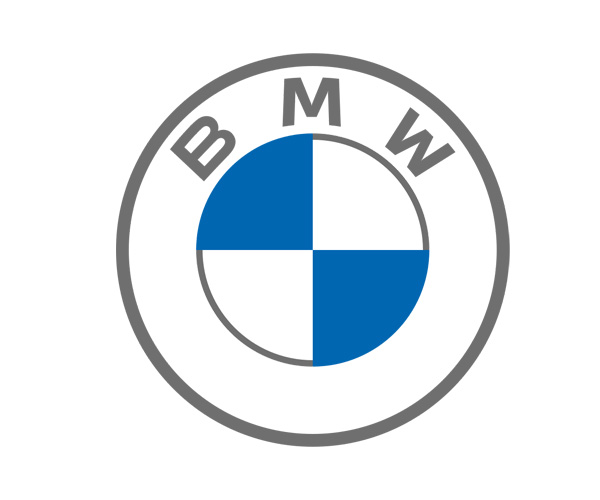
BMW (Bayerische Motoren Werke) is one of the true and tested motorcycle manufacturers in Europe, founded by Karl Rapp and Gustav Otto in 1916. The company’s first model was the R32, a boxer-style two-cylinder four-stroke bike with an air-cooled engine. BMW is renowned for its stylishly designed touring bikes and adventure bikes and even manufactured military motorcycles during World War II.
TRIUMPH (UK)
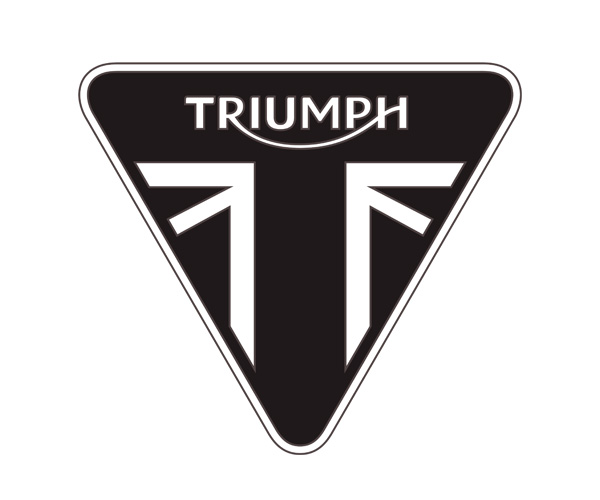
- Official site: triumphmotorcycles.com
- Wikipedia: Triumph Motorcycles Ltd
The last on this list is Triumph, a motorcycle manufacturer founded by John Bloor in 1983. The company produces a wide range of cruiser-style and sportbikes, such as the Bonneville T100, Speed Triple and Daytona 675R. Triumph is also famous for its iconic three-cylinder engine design, which can be seen on many of its models
The History of Motorcycle Manufacturing in Europe
Everyone knows that the progenitor of the bicycle is the bicycle. In the 1860s – 1870s there was a bicycle boom in Europe, and many inventors tried to contribute to the improvement of the bicycle. Attempts were made to put an engine on the bicycle. At first, inventors tried to equip it with a steam engine. Two inventors in different parts of the world decided to do this almost simultaneously: Sylvester Roper in America and Louis Guillaume Perrault in France. Both came up with scaled-down copies of the steam engine to mount on the bicycle.
In 1856, the world’s first internal combustion engine was invented by Mateucci and Barsanti. In 1861, the German Gottlieb Daimler came to France to study the internal combustion engine. In 1885, Gottlieb Daimler and Karl Maybach presented such an engine: it did not use combustible gas for ignition, but gasoline, and it is much more volatile than gas and easily explodes. So Daimler showed the world his invention: a bicycle with an internal combustion engine, the Daimler Petroleum Reitwagen. It had a speed of up to 12 km/h, weighed about 70 kg and had 4 wheels (two small wheels on the back wheel, like on a modern child’s bicycle).
So the basic principles of the motorcycle were laid down, after which motorcycle technology began to develop rapidly. Shortly after, little spark ignition engines began appearing on bicycles, known as pedal cycles, placed in the middle where it operated similarly to an internal combustion motor. By 1911, most motorbike production had shifted from Great Britain to Germany, where some of the most intricate designs were developed. From there, EU countries such as Italy began developing even more precise models that could reach higher speeds than ever before.
During the World War II
Many motorcycle companies in Europe had to suspend their production due to the limited resources available. Despite this, some managed to keep producing two-wheeled vehicles for military use, such as BMW and Triumph. After the war, European motorbike production started picking up again, and new companies began emerging from countries like Austria and Spain.
The postwar era
The post-war era saw the introduction of many new designs and technologies that helped propel motorcycle production in Europe to a whole new level. The Italian manufacturer Ducati created its first model, the Cucciolo, in 1946, and it featured an air-cooled two-stroke engine and four gears. BMW also released its iconic R68 model with a boxer engine, telescopic forks and drum brakes. By the end of the 1950s, motorcycle production in Europe was booming, and it showed no signs of slowing down.
Taking over the world
In the decades that followed, European motorcycle manufacturers began selling their products abroad, establishing a strong presence in countries such as the USA, Japan and Australia. By the 1980s, brands like Ducati and BMW had become renowned for their performance-oriented models while. innovative features like fuel injection, ABS brakes and traction control became more common on European bikes.
The modern world
Today, Europe continues to be a leading producer of motorcycles, with manufacturers such as Ducati and BMW still producing highly advanced models. The industry has also expanded to include a wide range of companies from countries like Spain and the UK, who are pushing the boundaries when it comes to design and performance. Electric bikes have started gaining in popularity recently as well, with companies like Zero Motorcycles and Energica offering their own lines of electric-powered two-wheelers.
What is the most popular motorcycle in Europe?
Staple names such as Ducati, BMW and Triumph are common in the European market. The Italian brand Ducati is popular for its high-performance sports bikes like the Panigale V4R, while BMW offers a range of touring models such as the R1200GS Adventure. Triumph has become renowned for its modern classic design with bikes such as the Bonneville T100 and the Speed Triple. Additionally, the European market has seen a rise in the popularity of electric motorcycles, with companies such as Zero Motorcycles and Energica introducing their own lines.
Conclusion
Europe is home to some of the most iconic motorcycle manufacturers in the world and has a long history of production. From Edward Butler’s three-wheeled experiments to modern electric bikes, the European motorbike industry continues to lead the way when it comes to innovation and design. With so many different models available, there is sure to be something for everyone in the European market.

